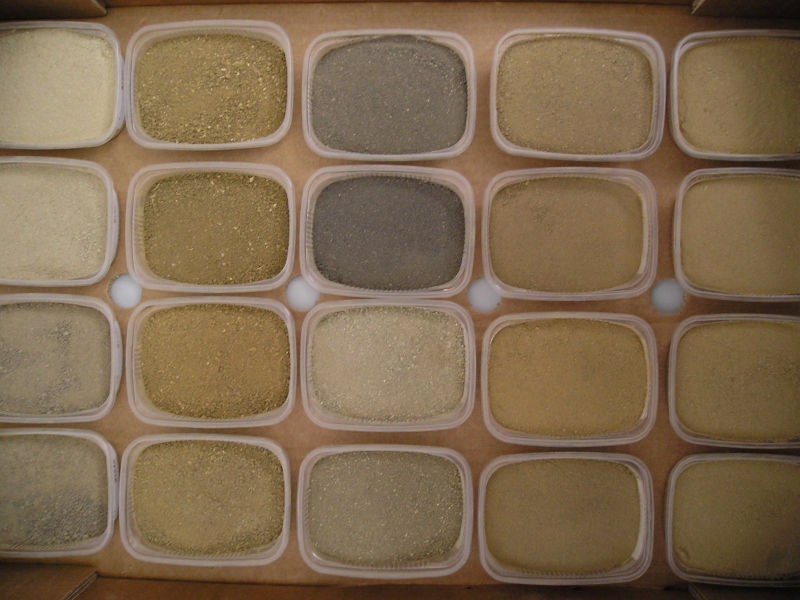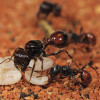Good quality, healthy soil is the stuff that underpins healthy human populations by ensuring we all have enough to eat. They also play a vital role in regulating the climate. But get it wrong, and it can spell disaster.
 Now a group of scientists publishing in the journal Science have highlighted the urgent need to create a new map of the world's soil. Using the very latest digital, mobile and online technology to assess the state of the dirt beneath our feet may initially seem a bit excessive, but it could provide a crucial way of managing soils in particular areas, preventing their degradation and ultimately ensuring food security.
Now a group of scientists publishing in the journal Science have highlighted the urgent need to create a new map of the world's soil. Using the very latest digital, mobile and online technology to assess the state of the dirt beneath our feet may initially seem a bit excessive, but it could provide a crucial way of managing soils in particular areas, preventing their degradation and ultimately ensuring food security.
Soil maps essentially show the types and properties of soils in different areas - how much water they hold, what they are made from - all sorts of information that is vital for effective land management. Irrigation, using the limited global supplies of freshwater, is a key area where local soil type conditions needs to be taken into account. For example, in central North China Plain, more water is often pumped into fields than it can fact hold, wasting vast quantities of precious water.
The first world soil map made by the UN FAO in 1981 and it's been put to all sorts of important uses including studies of climate change, food production and land degradation. The problem is it has a very low resolution, and it doesn't include all the types of information and soil properties that we are now interested in, in the 21st century.
The 'Policy forum' paper is calling for the international collaboration to compile of a detailed, 3D soil map that would be freely available over the internet to be used by scientists, land-use planners and policy makers.
Foundations have already been laid by the Global Soil Map.net project. Started in 2006 in response to policy makers who were increasingly complaining that they couldn't get hold of useful information to answer questions like how much Carbon is locked up and emitted by soils in a particular region?
At the moment, only around 1/3 of the world's ice-free land have soil maps available at 1:1 million scale or finer. So there is a lot of information that still needs to be collected, as well as that existing information to be brought together and made readily accessible to different users, everyone from farmers to policy makers and scientists.
To make a digital soil map, in essence involves surveying particular sites for the properties of the soil and then extrapolating that to a wider area that hasn't been directly sampled - because you can't sample everywhere. Information about the physical and biological components of the soil can then be combined with geographical information on farming systems, poverty levels, crop yields, road density and all sorts of other human factors.
The hope is that once all this information has been gathered and assimilated into a single resource, it can be used to make recommendations on how soils in particular areas should best be used, and changes over time can be monitored. Ultimately, the aim is to reverse soil degradation and improve food security and people's livelihoods.
- Previous Bad news for malaria
- Next Ocean therapy










Comments
Add a comment